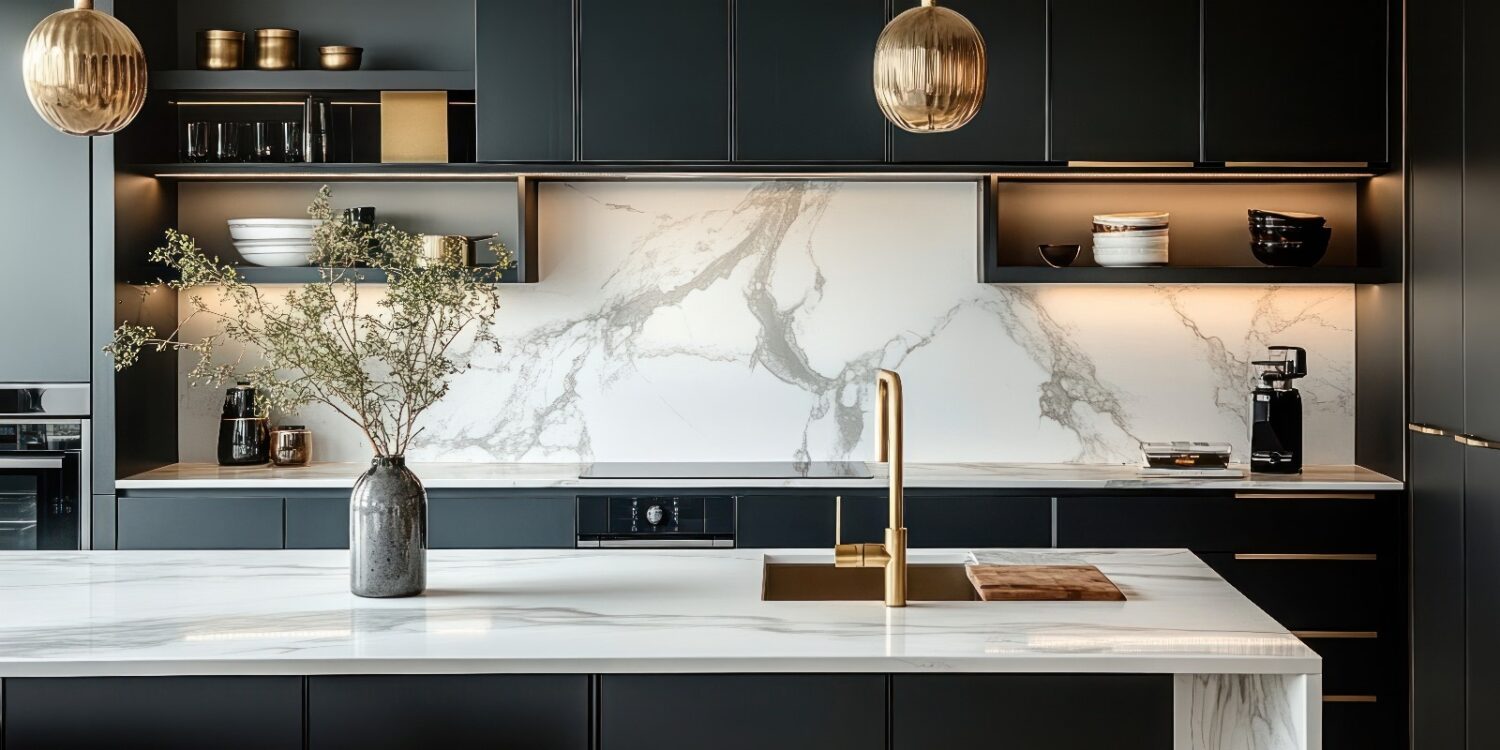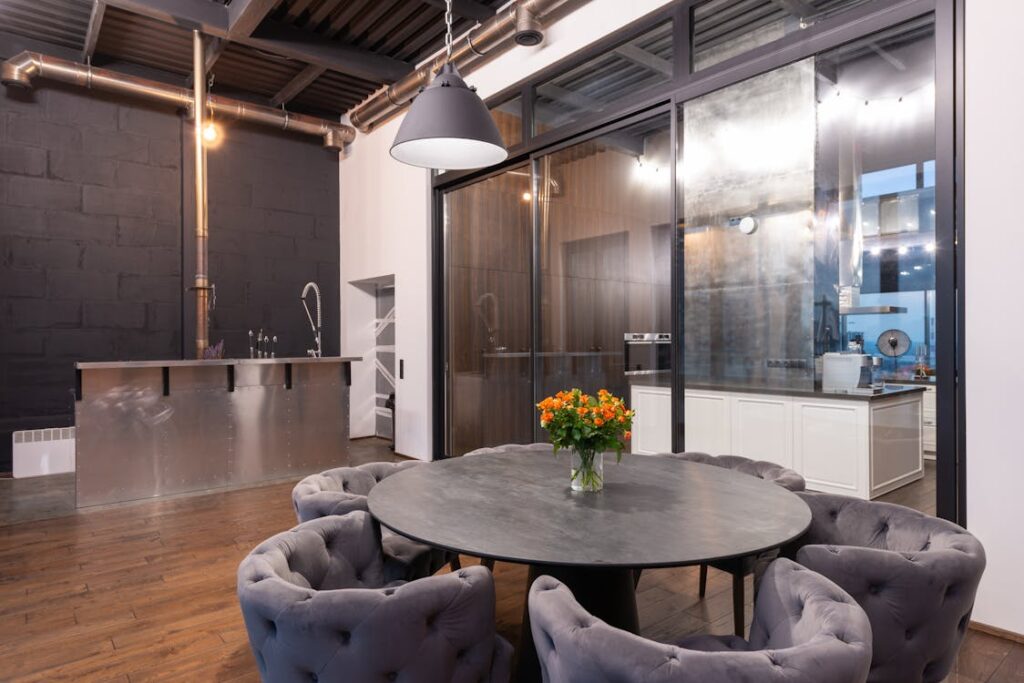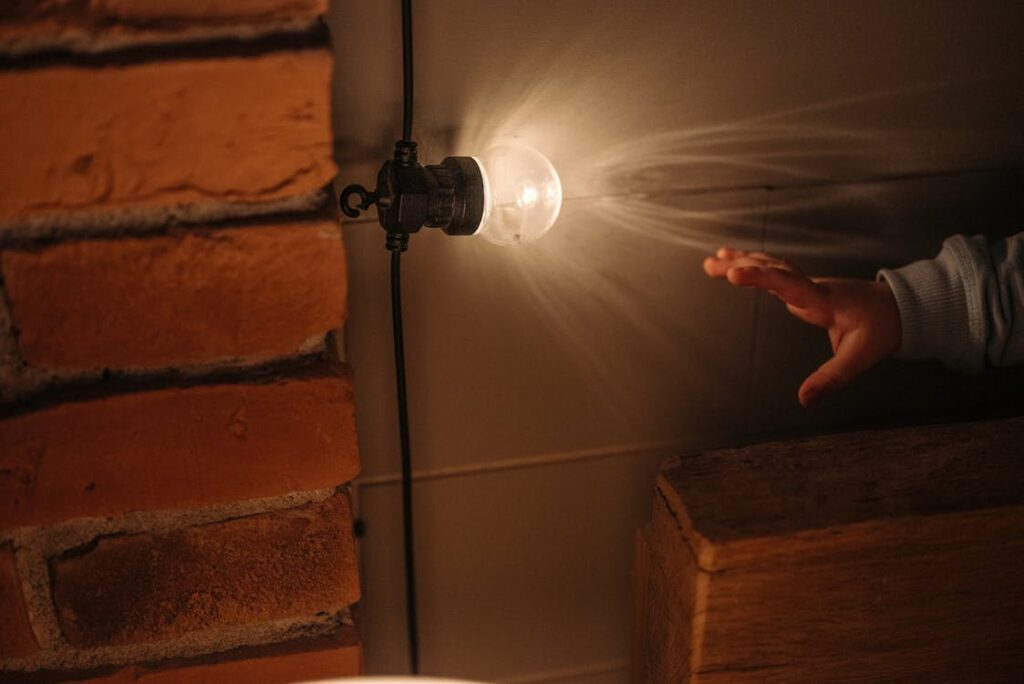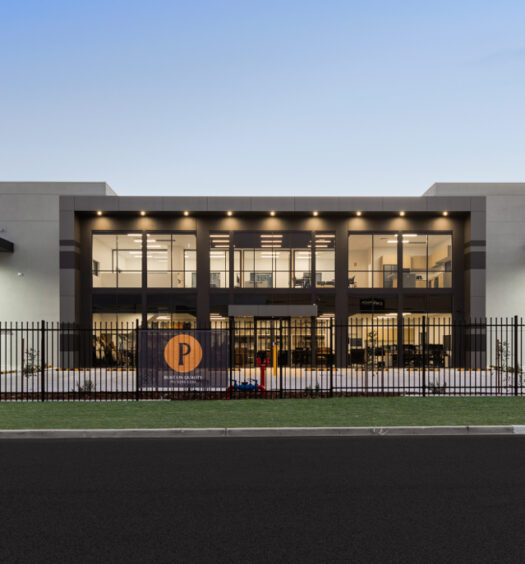Home is where the heart is and also where unsightly, clunky machinery insists on encroaching. There are air conditioning and heating systems humming away in corners. There are electrical panels unceremoniously dividing up clean walls. Exposed wiring slithers across spaces like they’re the landlord. And plumbing fixtures? A necessary evil, not exactly pageant material. It’s maddening. You spend time and energy creating a space that feels warm, cozy, and curated—only to have these mechanical intrusions mess with your aesthetic. But you don’t have to just accept them. You can outsmart them. With a dash of ingenuity and the right strategy, these utilitarian pieces can disappear or be made into intentional elements of your design. The secret? Making them disappear without limiting accessibility. Let’s take a peek at some smart solutions.
HVAC Units: Where Functionality Meets Aesthetics
HVAC units have only one job: to keep you comfortable. But, boy, they’re space-hogs. Indoors or outdoors, they’re not exactly winning any design awards. But there are ways of letting them recede into the background—and even becoming a design element. The secret is achieving a balance between concealment and accessibility. You want them hidden but still be able to find them for maintenance. It’s more of a game of hide-and-seek, but keeps circulation at the forefront of the game to keep its functionality in tact.
Outdoor HVAC Units
That bulky metal enclosure in the yard? Hardly a garden ornament. But not to sit there and stare at you in all its industrial glory. A lattice wood screen creates some breathing space and hides it. Or, if you’d rather, tall planters with ample greens can cover it up beautifully. A custom enclosure works, too, if you leave ventilation space. If you are a bit of a more experienced handyman, consider integrating a vertical garden into the screen, turning an eyesore into a lush green focal point. Or, plant a trellis and cover it with climbing vines—a beautiful and useful solution. But don’t leave out ventilation space—plants need air, and your air conditioning does, too.
Indoor HVAC Units
Indoors, HVAC systems love to jut where they don’t need to. A cabinet with louvred doors conceals it effortlessly into the space. If cabinets aren’t possible, a folding screen with a decorative facade can be moved around. And, every now and then, the best solution also happens to be the least complex—place a console table on top of the unit and call it furniture. If a smooth, uncluttered look is your style, custom panelling in the colour of the walls can cover up an HVAC unit virtually entirely. If you’d prefer a splash of extra style, use pierced metal sheets or cane panels for ventilation with a designer’s twist. The notion? Making it appear purposeful and not an afterthought.
Disguising Electrical Panels and Breaker Boxes
Nothing ruins the look of a thoughtfully designed wall quite like an electrical panel. It’s unavoidable, I suppose. But does it need to be unsightly? Absolutely not. There’s no reason for you to be staring at a bland grey box when there are numerous ways of integrating it into your house’s style. Sometimes, the best solutions are the simplest. Sometimes, they involve a dash of imagination.
Cover it up with style. A framed painting or a decorative mirror does the job perfectly. Prefer something more functional? A sliding barn door—small enough for functional purposes, stylish enough for purposeful appearances. Or use a chalkboard cover. Not only does it cover up the panel, but it also offers a handy location for notes, reminders, or a changing shopping list. If your style is more minimal, use a cover with a push-to-open mechanism, covering it up but still easy to use. For those who embrace creativity, a collage of framed photos arranged around it can make the panel disappear into a gallery wall. It’s all about making something necessary look like an intentional design choice.
Concealing Exposed Wiring
Wires have a way of ending up where we don’t want them to be. Let’s be honest; nobody likes staring down a jumble of cables. But there are hacks for keeping them under wraps. Sometimes, it’s not just covering cables but turning them into intentional designs. Cables don’t have to be the bad guy. They need a more fashionable disguise. A cord organizer keeps them neat and concealed. Baseboard raceways enable you to stuff them against the wall without them being sloppy. If ambitious, even hide them in crown trim or trim for decoration. And for recalcitrant wires, who doesn’t want to behave? Cover them with natural fibre rope or cloth. Instantly, they’re not bugging them—a design choice. You can also use adhesive-backed cord covers, paint them to match your wall and make them disappear. If you’re into an industrial aesthetic, embrace the look with metal conduit pipes that turn messy cables into a structured design feature. When done right, they go from being an eyesore to an intentional accent.
Stylishly Covering Plumbing Fixtures
Exposed pipes don’t always harmonize with the atmosphere of a house. Sometimes, they’re quaint. Other times, they’re sloppy. The goal is to showcase them in a way that does not seem to be an afterthought, and instead, they appear to be a more considered design choice. If they’re standing out, then they’re in need of a dash of polish.
Boxing them in can be simple. A wood or drywall cover can cover them into the wall. If your décor style has more of an industrial feel, paint them copper or black and leave them on display. In kitchens and bathrooms, a thoughtfully placed under-sink skirt can cover plumbing secrets and still be quaint. To be more modern, install a floating vanity and cover up pipes with elegance. If pipes are a major design feature and you want them on display, placing LED strip lighting inside them can be a dramatic, trendy solution. There are occasions when, instead of covering, accepting them works.
Final Thoughts: A Home That’s Both Beautiful and Functional
Your home must feel, not just look, beautiful. The trick to making functional equipment disappear isn’t about hiding it—it’s about integrating it. Making it a part of the space instead of disrupting it. Making it a part of the space instead of disrupting it. Whether it’s hiding an air conditioning unit, covering up pipes, or stashing away technology, a little imagination can be very useful. Because when everything works and works seamlessly, home feels better. The best design isn’t just beautiful—it considers how a space works for the people living in it. And ultimately, a space that’s beautiful and functional is the space where you’ll feel truly comfortable.






